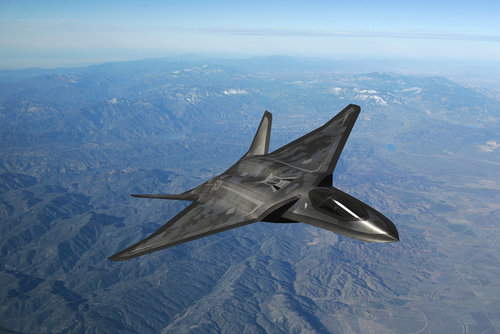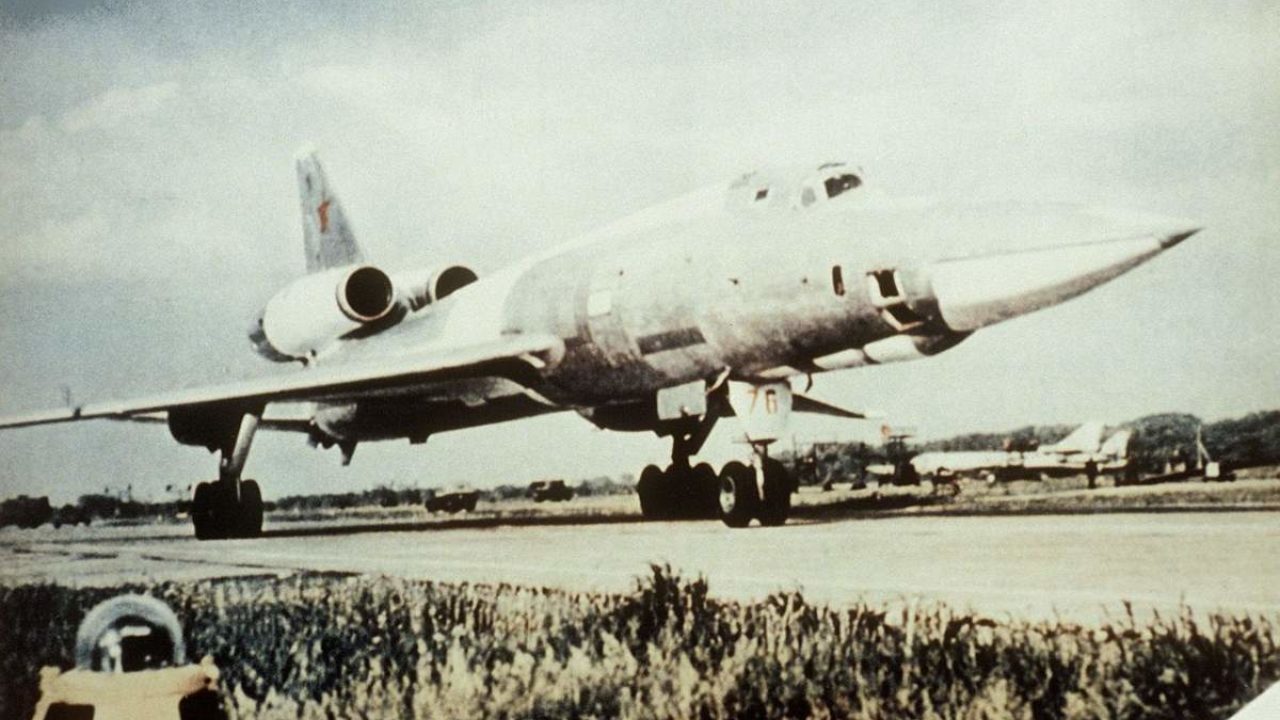- Joined
- 29 November 2010
- Messages
- 1,775
- Reaction score
- 3,479
I wanted to take about aircraft design, especially on two types of configurations that are not as popular as they once were.
perhaps some of our aerodynamic experts here could give better details
Wingroot intakes, especially popular in the UK
could they still be useful in tactical combat aircraft of today?
I recall reading the main issue with them was related to increasing need for speed caused boundary layer separation issues that saw the design being stopped but not sure


Podded intakes and engines. more common in the cold war period, but apparently I just learned Yak even had a 4th gen design ready.
Still in use with transport aircraft and some bombers, but are their days on tactical combat aircraft over?


perhaps some of our aerodynamic experts here could give better details
Wingroot intakes, especially popular in the UK
could they still be useful in tactical combat aircraft of today?
I recall reading the main issue with them was related to increasing need for speed caused boundary layer separation issues that saw the design being stopped but not sure
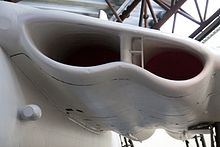
Podded intakes and engines. more common in the cold war period, but apparently I just learned Yak even had a 4th gen design ready.
Still in use with transport aircraft and some bombers, but are their days on tactical combat aircraft over?
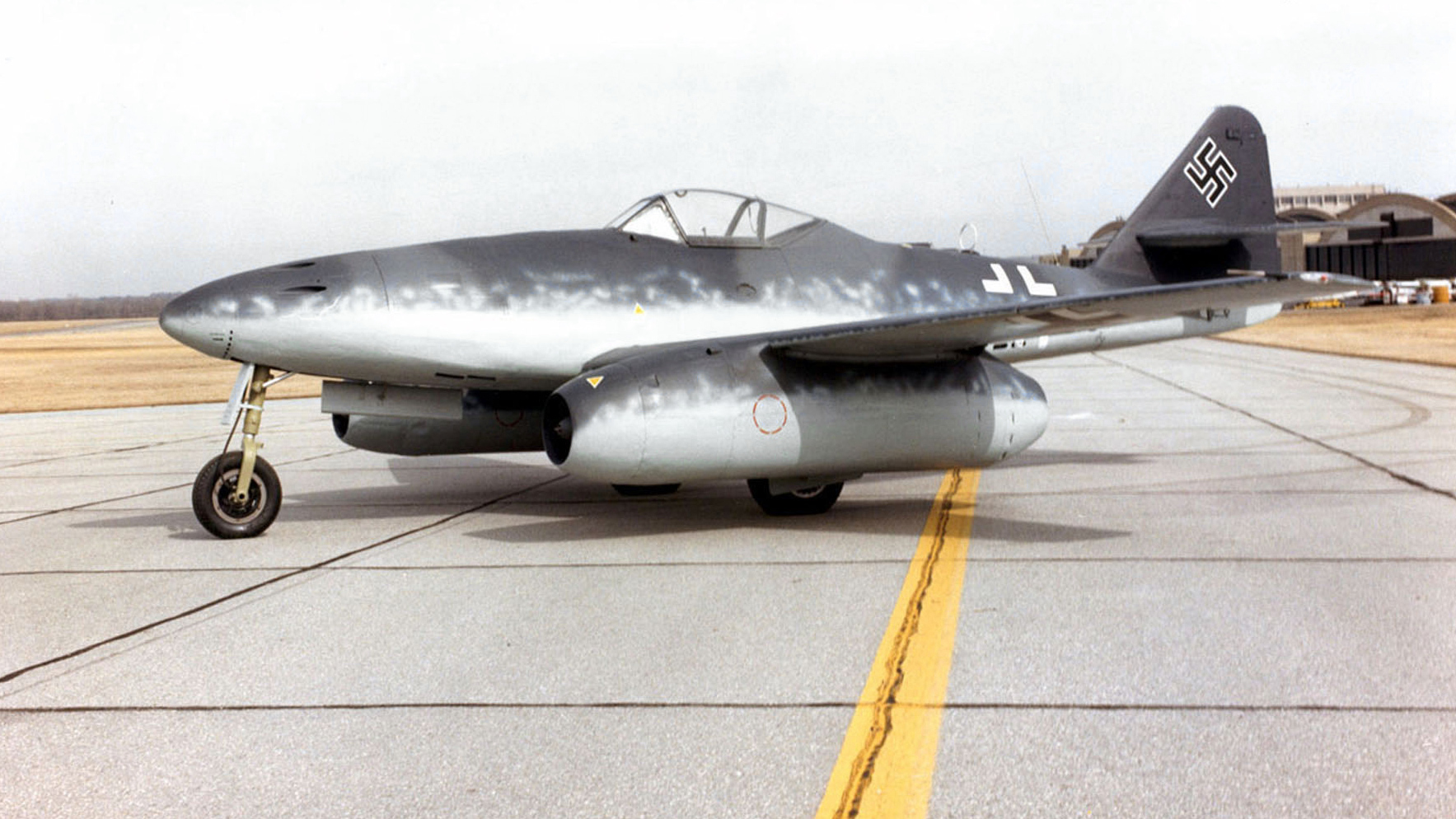
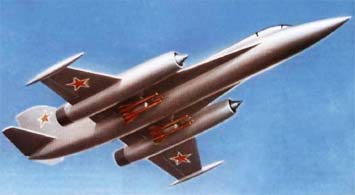
Last edited by a moderator:

